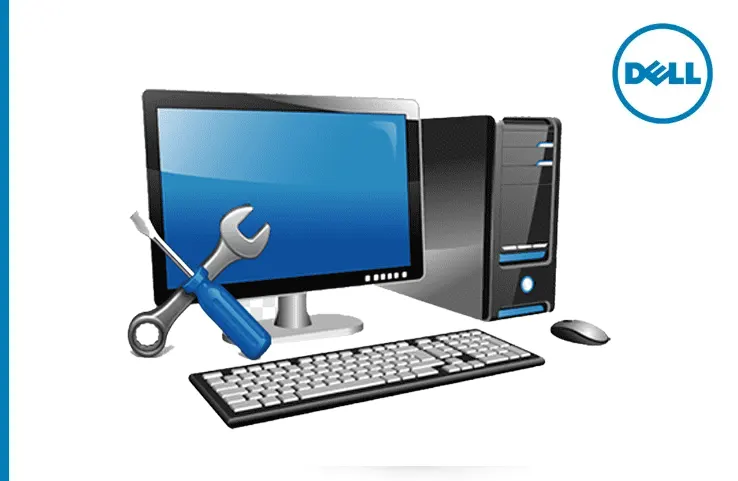
Experiencing issues with a malfunctioning Central Processing Unit (CPU) can severely impact the performance and functionality of your computer. This article will guide you through some troubleshooting steps to help identify and potentially resolve problems related to a malfunctioning CPU.
Identify the Symptoms:
First, identify the specific symptoms that indicate a CPU-related issue. These can include sudden system freezes, frequent crashes, unusually slow performance, error messages during boot, or overheating warnings. Understanding the symptoms will help in diagnosing and resolving the problem effectively.
Check CPU Temperature and Cooling:
An overheating CPU can cause performance issues or system shutdowns. Ensure that the CPU cooling system is functioning properly. Clean any Computer and laptop’s dust or debris from the cooling fans and heat sinks. Consider reapplying thermal paste between the CPU and heat sink if necessary. Monitor the CPU temperature using software tools and ensure it stays within the recommended operating range.
Update BIOS and Drivers:
Outdated BIOS firmware or incompatible drivers can lead to CPU-related problems. Visit the manufacturer’s website to check for any available BIOS updates for your motherboard. Similarly, update device drivers, especially for the chipset and CPU, to the latest versions compatible with your operating system.
Test with Diagnostic Software:
Several software applications can help diagnose CPU-related issues. Programs like Prime95 and Intel Processor Diagnostic Tool can stress-test the CPU, identify any potential defects, and provide detailed reports. Run these diagnostic tools to assess the CPU’s performance and stability.
Check Power Supply:
Inadequate power supply or a faulty power connection can affect the CPU’s functionality. Ensure that the power supply unit (PSU) is providing enough power to meet the CPU’s requirements and that all power connectors are properly connected. Consider testing the system with a known-good power supply to rule out any power-related issues.
Reseat and Inspect CPU:
Sometimes, the CPU may become partially dislodged from its socket, causing connectivity issues. Carefully remove and reseat the CPU, ensuring it is correctly aligned and properly secured in the socket. Inspect the CPU for any physical damage, bent pins, or signs of overheating. Clean the CPU and socket if necessary using appropriate methods and materials.
Seek Professional Assistance:
If the above steps do not resolve the CPU malfunction, it is recommended to seek professional assistance. A qualified technician can conduct more advanced diagnostics, perform specialized tests, or replace the CPU if necessary.
If you need assistance CPU related then call your nearest computer or laptop repair shop.


Add a Comment